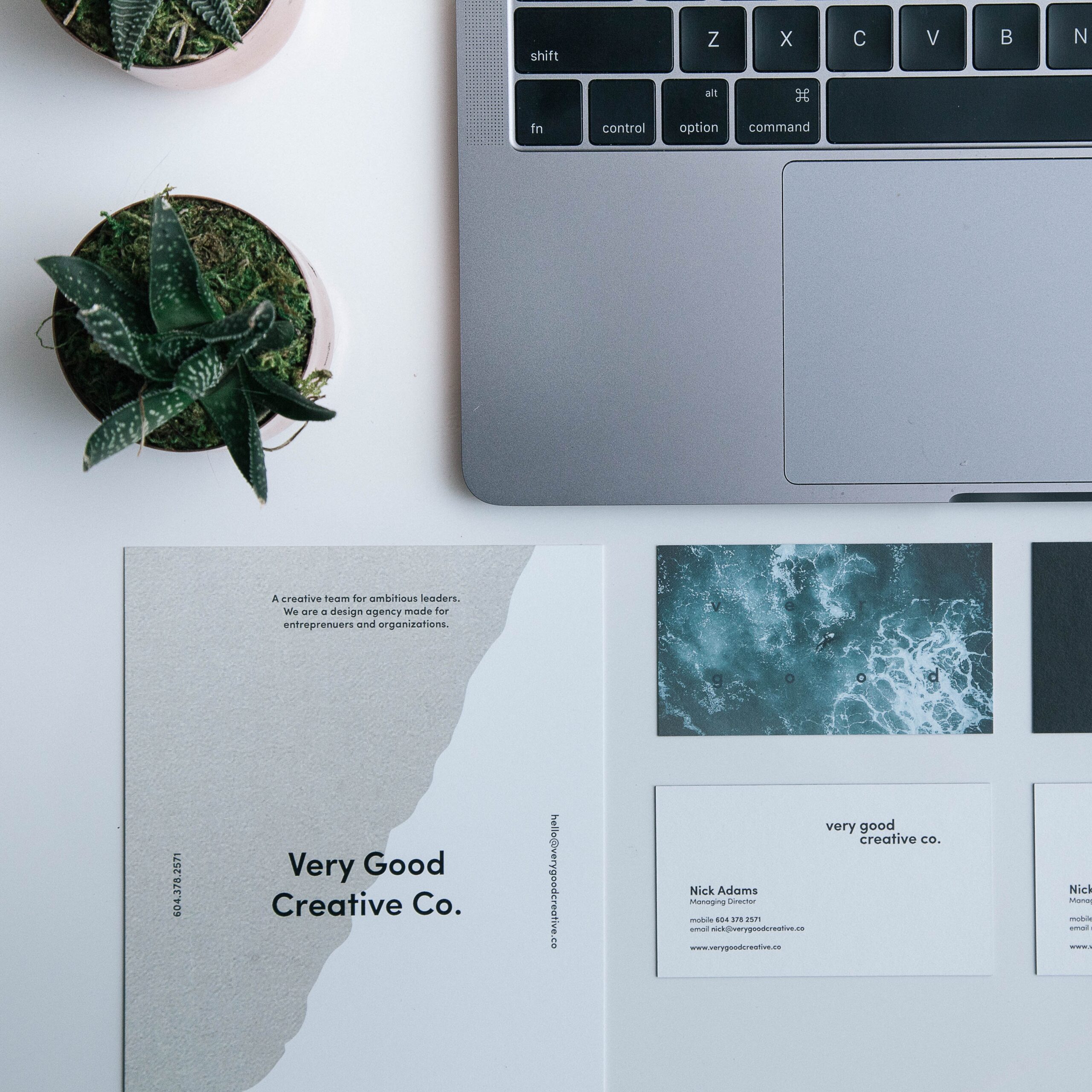Are you the proud owner of a small business looking for ways to make a big impression? Taking advantage of graphic design can be one of the most powerful tools in helping your business reach its goals, from improving branding and online presence, to increasing customer loyalty. If you’re ready to tackle this aspect by yourself but don’t know where to start, we’ve gathered some of the best professional graphic design tips just for you! Read on and let’s get started on giving your small business that extra boost it needs.
Get to know the fundamentals of graphic design – layout, typography, colour theory, and more
Graphic design is a captivating art form that requires an artist to have an eye for detail, creativity and extensive technical knowledge. Understanding the fundamentals of graphic design is crucial in creating impactful designs. Layout, typography, colour theory, and more are the foundations of every graphic design project. Layout sets the foundation of the design, typography adds the character and voice, and colour theory creates the appropriate mood and emotions for the design. All these elements work together to capture the attention of the viewers and leave a lasting impression. By mastering these fundamentals, one can create aesthetically pleasing designs that can effectively communicate the intended message.

Take advantage of free resources for learning about design software and techniques
Whether you’re a seasoned designer or just starting out, taking advantage of free resources to learn about design software and techniques is a smart move. With the abundance of online tutorials, video courses, and community forums available, you can expand your skills and stay up-to-date on the latest trends without breaking the bank. From learning the ins and outs of Adobe Photoshop to mastering the art of typography, there’s something for every designer looking to improve their craft. By investing your time in these free resources, you’ll not only become a better designer, but you’ll also build a network of like-minded creatives who can offer feedback and support along the way. So why wait? Start exploring the vast array of free design resources available and take your skills to the next level.
Experiment with different styles and forms of art to find what works best for you
When it comes to art, there is no one-size-fits-all approach. Finding your own unique style and form of expression requires experimentation and exploration. Some artists thrive in the world of realistic portraits or landscape paintings, while others excel in abstract or avant-garde styles. It is important to give yourself permission to try new things and push your boundaries in order to discover what works best for you. Don’t be afraid to mix and match mediums, techniques, and styles until you find the perfect fit. Remember, the beauty of art lies in the eyes of the beholder, so embrace your individuality and let your creativity run wild.
Find inspiration from successful designs and incorporate them into your own work
As a designer, finding inspiration for your work is crucial to produce stunning designs that catch the audience’s attention. One of the best ways to do this is by studying successful designs and incorporating elements that work into your own work. Analysing what makes a design successful and using it in your own work can not only help you create beautiful designs but also increase the chances of achieving your desired outcome. Inspiration can come from anywhere, and it is important to keep exploring and learning from others in the field. Remember, successful designs are not created overnight; it takes time, hard work, and dedication to perfect the craft.
Utilise grids and frames to create a balanced composition for visual appeal
When it comes to creating visually appealing designs, utilising grids and frames is key. These design tools help you create a balanced composition, ensuring that the elements in your design work well together. Grids are particularly useful as they can be used to divide your design into equal sections, giving you a framework to work with. Frames, on the other hand, can be used to highlight specific elements, bringing attention to the most important parts of your design. By using these tools, you can create designs that are not only aesthetically pleasing but also have a clear message and purpose.

Layer different elements in order to add depth and texture to your artwork
Layering different elements is a surefire way to take your artwork to the next level. By adding depth and texture, you can make your piece more visually interesting and engaging to the viewer. One way to achieve this is by layering different materials, such as paper, fabric or even sand, onto your canvas. Alternatively, you can layer different colours and shapes to create a dynamic visual effect. It’s important to experiment with different combinations until you find the right balance for your piece. By incorporating multiple elements into your work, you can create a unique and captivating piece of art that truly stands out.
Creative design is a valuable skill, not just for professional designers, but for anyone looking to use graphics to enhance their work. If you want to start getting into graphic design, the most important thing is to be fearless. Experiment with different elements and approaches and don’t be afraid to make mistakes. Keep a collection of inspiring work or pieces you admire and incorporate elements into your own creations. Pay attention to details and strive to create works that look harmonious across grids and frames. With practice, determination, and dedication, you’ll quickly become accustomed to the new techniques of design artistry. Graphic design can open up immense creative possibilities so get out there and take advantage of them!
